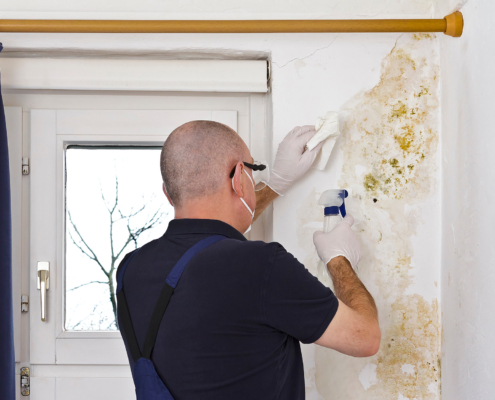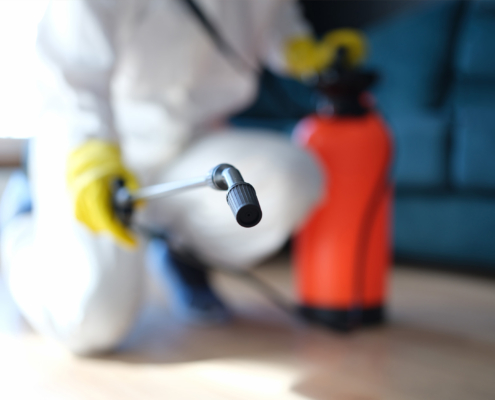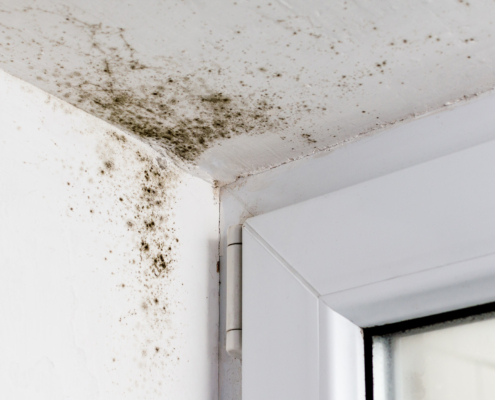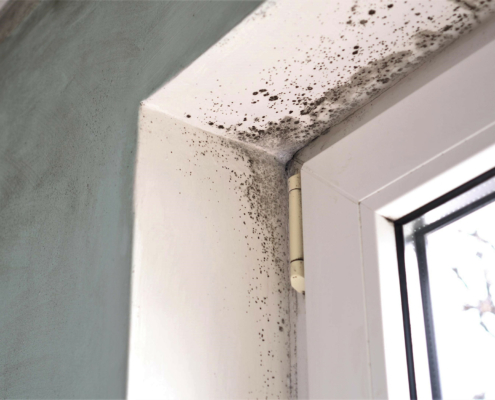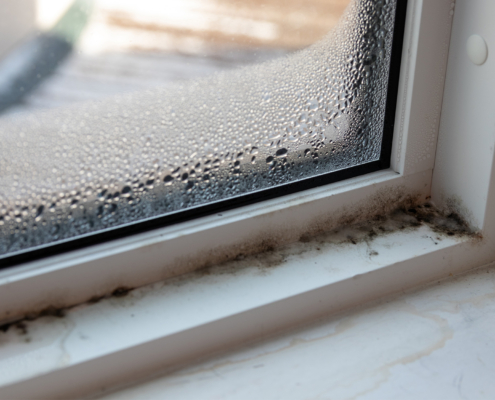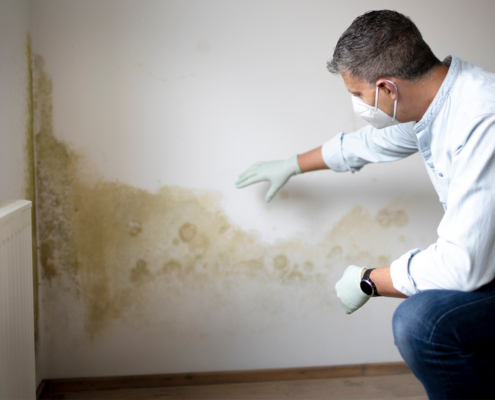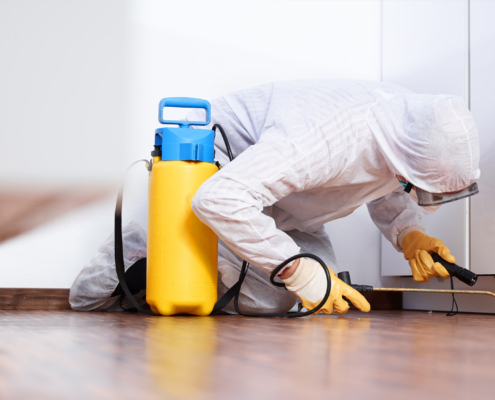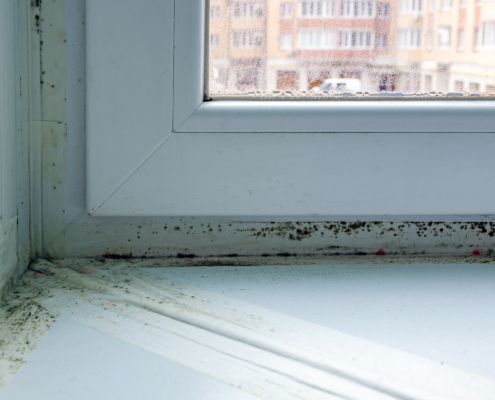 https://aeretusa.com/wp-content/uploads/2024/05/The-Dangers-of-Black-Mold.jpg
1250
2000
Abstrakt MKTG
https://aeretusa.com/wp-content/uploads/2024/05/Aeret_Logo_tagline_Centered_RGB-300x80.jpg
Abstrakt MKTG2024-05-30 08:12:592024-07-26 08:16:57The Dangers of Black Mold
https://aeretusa.com/wp-content/uploads/2024/05/The-Dangers-of-Black-Mold.jpg
1250
2000
Abstrakt MKTG
https://aeretusa.com/wp-content/uploads/2024/05/Aeret_Logo_tagline_Centered_RGB-300x80.jpg
Abstrakt MKTG2024-05-30 08:12:592024-07-26 08:16:57The Dangers of Black MoldMold Exposure Risks and How to Test for Them
Mold can severely impact both your property and your health, lurking in hidden corners and spreading its spores with impunity. Whether you’re a homeowner or a business owner, understanding mold exposure risksand how to test for them is crucial for safeguarding your property and well-being. In this comprehensive guide, we’ll delve into the insidious nature of mold, explore the various testing methods available, and provide insights on how to address mold infestations effectively.
Understanding Mold: The Silent Intruder
Mold is a type of fungus that thrives in damp, humid environments. With over 100,000 known species, mold can take on various forms and colors, making it difficult to detect. However, certain types of mold, such as Stachybotrys chartarum (commonly known as black mold), pose significant health risks and require immediate attention.
Mold spores are ubiquitous in the environment, floating through the air and settling on surfaces. When conditions are favorable—such as in areas with moisture and organic material—mold spores germinate and begin to grow, forming colonies that can quickly spread throughout a property. Common sources of moisture that contribute to mold growth include:
- Leaky pipes and plumbing fixtures
- Roof leaks
- Flooding or water intrusion
- High humidity levels
- Poor ventilation
Mold Exposure Risks to Health
Exposure to mold can have serious health consequences, particularly for individuals with respiratory conditions, allergies, or compromised immune systems. Common health effects of mold exposure include:
- Respiratory issues: Mold spores can irritate the lungs and airways, leading to symptoms such as coughing, wheezing, and shortness of breath.
- Allergic reactions: Mold is a common allergen, triggering symptoms such as sneezing, nasal congestion, itching, and skin rashes.
- Asthma exacerbation: For individuals with asthma, exposure to mold can worsen symptoms and trigger asthma attacks.
- Fungal infections: In some cases, mold exposure can lead to fungal infections of the skin, nails, or respiratory tract.
Prolonged mold exposure risks chronic health problems and exacerbate existing conditions, making it essential to address mold infestations promptly.
Signs of Mold Infestation
Detecting mold growth early is crucial for preventing widespread damage and health issues. While mold often hides in hidden spaces, there are several signs that may indicate its presence:
- Visible mold growth on walls, ceilings, or other surfaces
- Musty or earthy odors, especially in areas prone to moisture
- Water stains or discoloration on walls or ceilings
- Peeling or bubbling paint or wallpaper
- Warped or damaged building materials, such as wood or drywall
If you notice any of these signs, it’s important to investigate further and address the underlying cause of the mold growth.
Testing for Mold: A Comprehensive Approach
While visual inspection can provide valuable clues, professional mold testing is necessary for accurate identification and assessment. Mold testing typically involves a combination of the following methods:
Air Sampling: Air sampling involves collecting samples of indoor air to measure the concentration of mold spores. This method can help identify hidden mold growth and assess the overall indoor air quality. Air samples are collected using specialized equipment and analyzed in a laboratory to determine the type and concentration of mold spores present.
Surface Sampling: Surface sampling involves collecting samples from visible mold growth or suspected areas of mold contamination. These samples are analyzed in a laboratory to identify the specific type of mold present and assess its potential health risks. Surface sampling can also help determine the extent of mold contamination and guide remediation efforts.
Moisture Detection: Since moisture is a primary driver of mold growth, detecting and addressing moisture issues is essential for preventing mold infestations. Moisture detection tools, such as moisture meters and infrared cameras, can help pinpoint areas of excess moisture within a property. By identifying and addressing moisture sources, property owners can prevent mold growth before it becomes a problem.
Looking to Test for Mold? Reach Out to the Professionals at Aeret
Worried about mold in your home or business? Get the peace of mind you need or develop and enact a plan of action by getting in touch with our team.
Addressing Mold Infestations
If mold is detected during testing, prompt remediation is essential to prevent further damage and protect occupant health. Mold remediation typically involves the following steps:
Containment: Containment measures are implemented to prevent mold spores from spreading to unaffected areas during remediation. This may include sealing off contaminated areas with plastic sheeting and using negative air pressure to exhaust contaminated air outdoors.
Removal: Mold-infested materials are safely removed from the property and disposed of according to local regulations. Specialized equipment, such as HEPA vacuums and air scrubbers, may be used to capture mold spores and prevent them from becoming airborne.
Cleaning and Disinfection: Affected surfaces are thoroughly cleaned and disinfected to remove any remaining mold spores. Non-porous materials may be cleaned with detergent and water, while porous materials may need to be replaced if they cannot be effectively cleaned.
Prevention: Once remediation is complete, steps are taken to address underlying moisture issues and prevent future mold growth. This may include repairing leaks, improving ventilation, and implementing moisture control measures.
Test for Mold Exposure With Aeret Restoration
Mold exposure risks damage to both property and health, making early detection and remediation essential. By understanding the signs of mold infestation and investing in professional testing services, property owners can identify and address mold problems before they escalate. If mold is detected, prompt remediation by qualified professionals is crucial for preventing further damage and protecting occupant health.
At Aeret Restoration, we specialize in mold testing and remediation services, using state-of-the-art techniques and equipment to safely remove mold and restore properties to a healthy condition. With our commitment to excellence and customer satisfaction, you can trust us to deliver effective solutions tailored to your specific needs. Don’t let mold compromise your property or your well-being—contact Aeret Restoration today to schedule a consultation and take the first step towards a mold-free environment.

